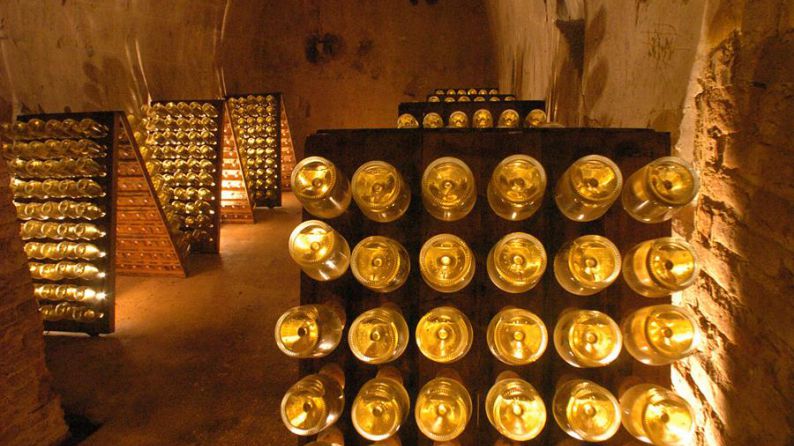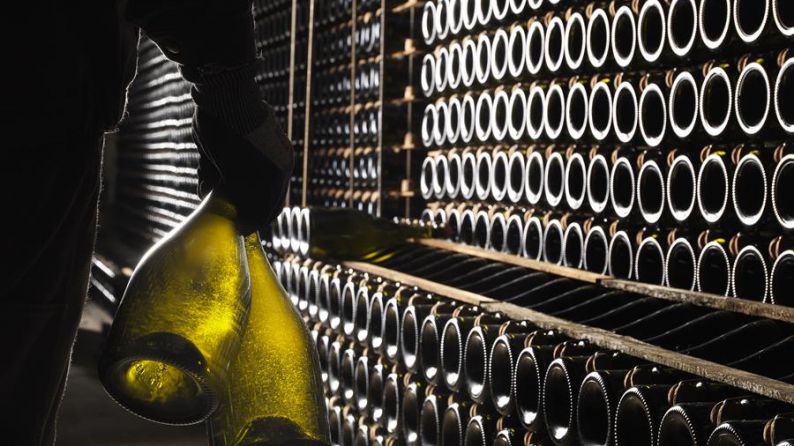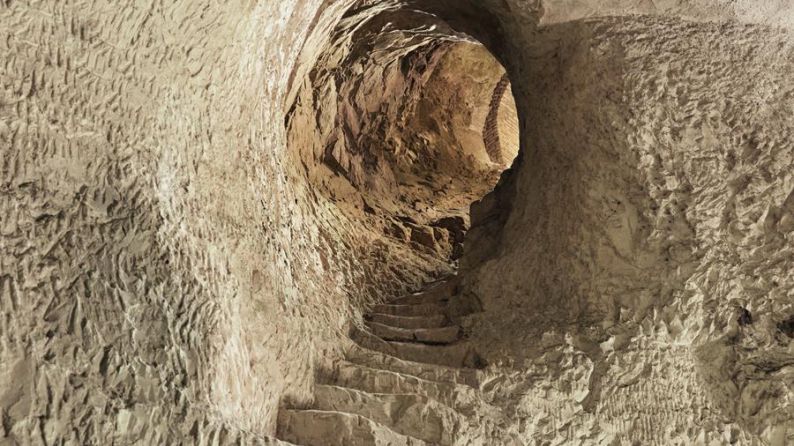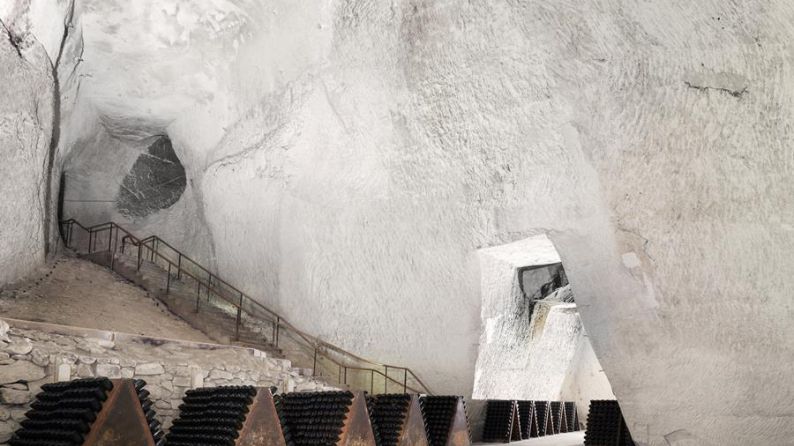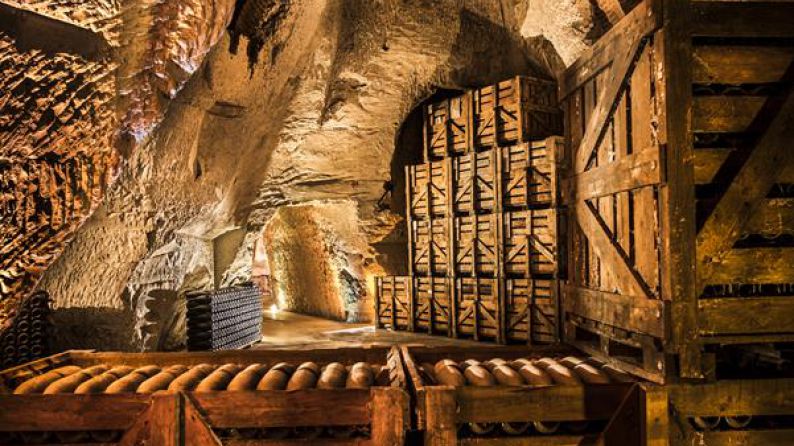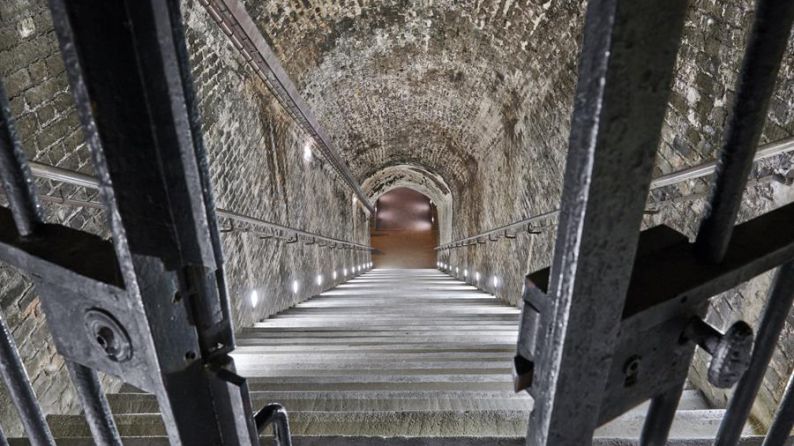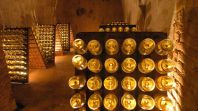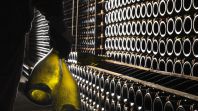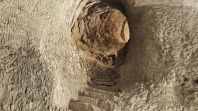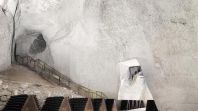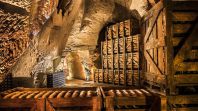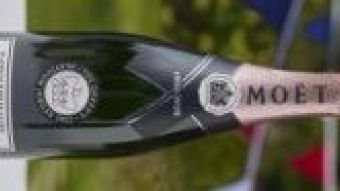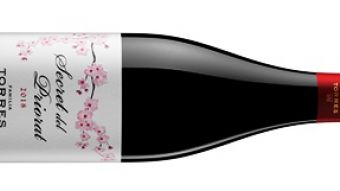The Champagne vineyards and cellars have been classified “World Heritage”
Last July, the World Heritage Committee, meeting in Bonn and chaired by Maria Böhmer, German deputy foreign minister and member of the German parliament, concluded its 39th meeting, in which it added 24 sites to the list of World Heritage sites and approved the extension of three sites already listed. One of these sites was the region of Champagne and everything that makes up this wonderful geographical area.
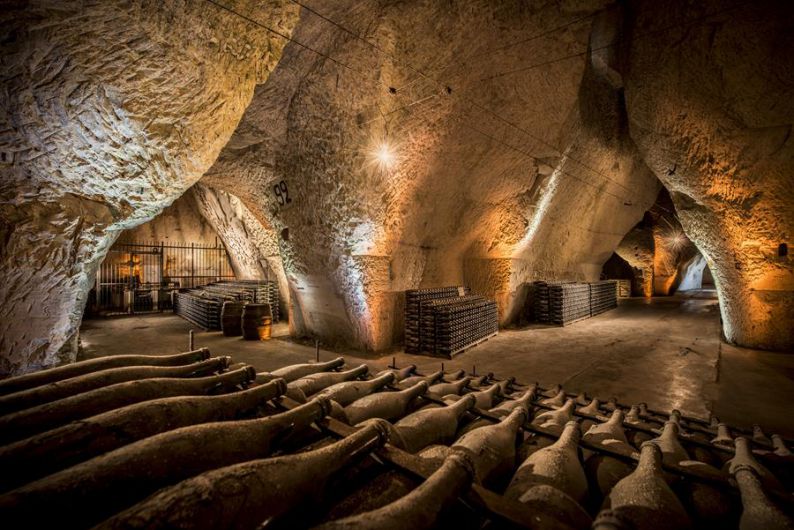
By the time you read this, harvesting will be over in the Champagne region and perhaps they will then have some time to celebrate this recent award, which classifies them as World Heritage under the category of “Cultural Landscape”.
Frédéric Dufour, president of Maison Ruinart, states "We are delighted with this news. It recognizes our commitment to upholding our heritage while encouraging us to respect it and keep it alive. "
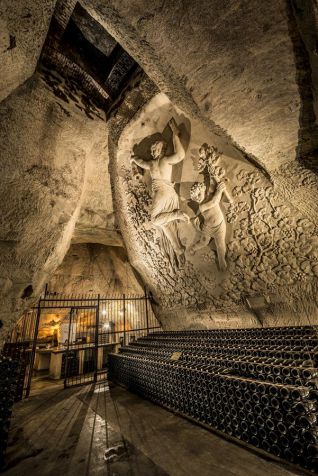 Gustave Navlet's sculpture in the cellars of Veuve ClicquotThe top priority of this Champagne House, the oldest in Champagne (founded in 1729), has always been to protect its "savoir-faire" and pass it on to future generations. Their cellars are organized over three levels, 38 metres deep and eight kilometers long. These “white cathedrals” offer a grandiose exhibition for visitors from around the world.
Gustave Navlet's sculpture in the cellars of Veuve ClicquotThe top priority of this Champagne House, the oldest in Champagne (founded in 1729), has always been to protect its "savoir-faire" and pass it on to future generations. Their cellars are organized over three levels, 38 metres deep and eight kilometers long. These “white cathedrals” offer a grandiose exhibition for visitors from around the world.
"We are very proud of this classification which will allow our Champagne House, as well as the whole region, to shine even more brightly throughout the world. It is a very special distinction for all the men and women who have developed the region. They were driven by their passion, courage and the pursuit of excellence.” adds Frédéric Dufour.
A little over a year ago we were thrilled to visit this beautiful wine region. As we have already written, we marveled at the landscape and countryside, the people, the cuisine, and, of course, the Champagne cellars and vineyards belonging to both the big names and the smaller vignerons . In the run-up to the harvest, the landscape was perfect, like a still-life painting. It was as if they were getting ready for a "gala performance”, taking care of last minute details before the big moment.
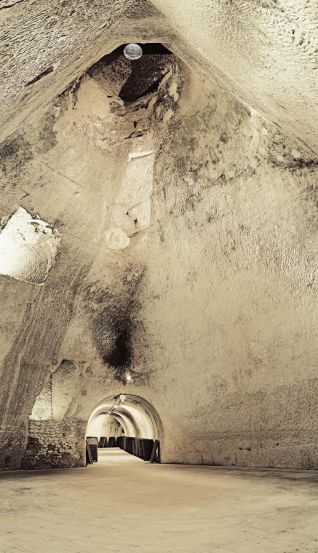 The majestic Ruinart cellarsOne of the Champagne Houses that is particularly attractive from both a visual and architectural point of view, is Veuve Clicquot. This Champagne House lies underground, dug into the limestone of Reims, the capital of Champagne, providing ideal conditions for the ageing and conservation of the liquid gold. When we visited, they were in the process of adding new vaults to the original medieval cellars, which are connected by long tunnels. Veuve Clicquot is the largest Champagne House in terms of surface area, as its system of underground cellars extends over 24 kilometres and run 20 metres deep.
The majestic Ruinart cellarsOne of the Champagne Houses that is particularly attractive from both a visual and architectural point of view, is Veuve Clicquot. This Champagne House lies underground, dug into the limestone of Reims, the capital of Champagne, providing ideal conditions for the ageing and conservation of the liquid gold. When we visited, they were in the process of adding new vaults to the original medieval cellars, which are connected by long tunnels. Veuve Clicquot is the largest Champagne House in terms of surface area, as its system of underground cellars extends over 24 kilometres and run 20 metres deep.
Jean Marc Gallot, President of Veuve Clicquot, took the opportunity of the UNESCO World Heritage listing, to congratulate everyone involved in the success of the company and all those who have helped to conserve the limestone cellars, now listed as World Heritage.
In fact, Veuve Clicquot, was among the Champagne Houses which have been most actively involved, from the outset, in the “Champagne Landscapes Association” (Association Paysages du Champagne), a group commissioned to present Champagne’s World Heritage candidacy.
Obviously, we could mention many other Champagne Houses and small vignerons when extolling the virtues of this beautiful French region with its captivating champagnes and surrounding countryside. But the Champagne Houses mentioned above seem to us to be two very good examples of why the region has received this world recognition.
The Champagne region is one great "painted" landscape. Don’t let the opportunity to visit this special wine-growing region pass you by. It really is the heritage of everyone.


